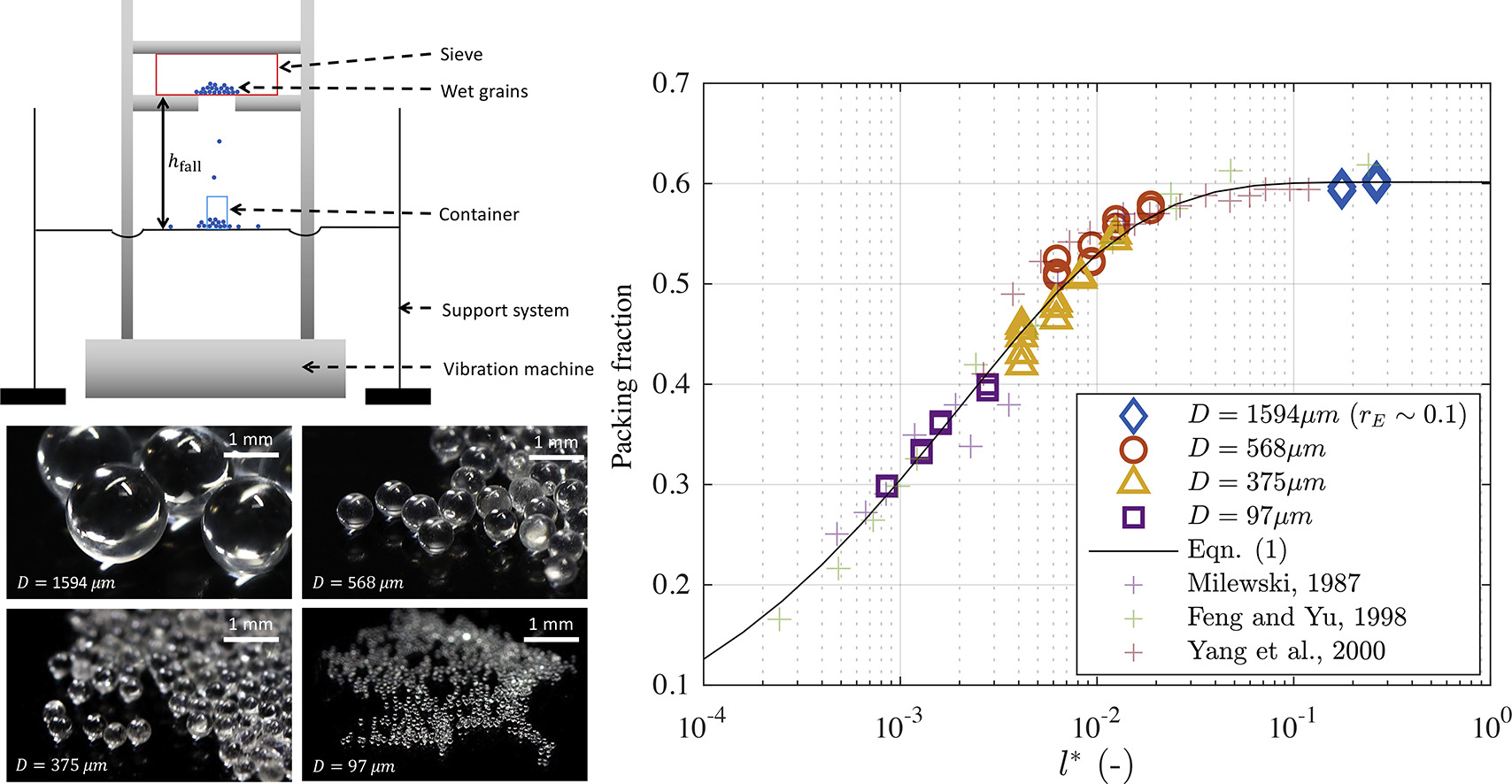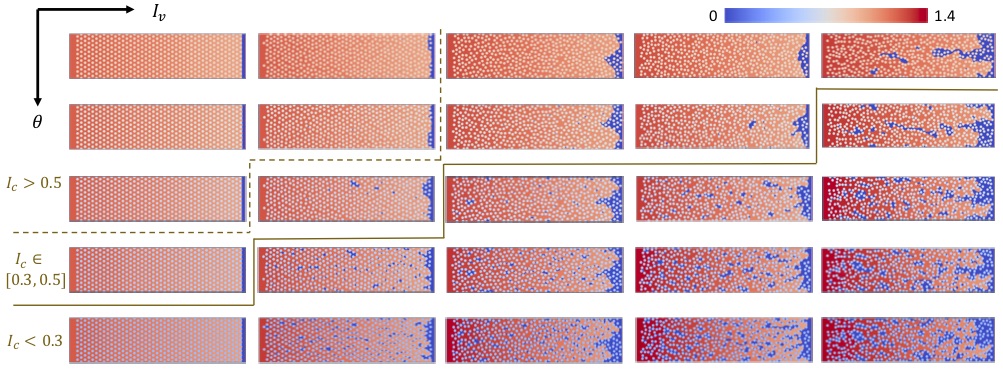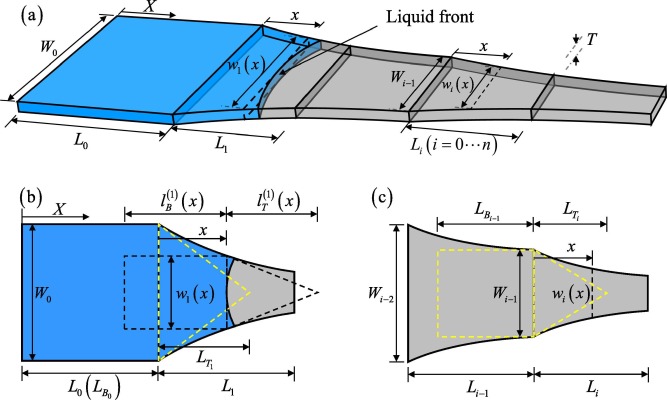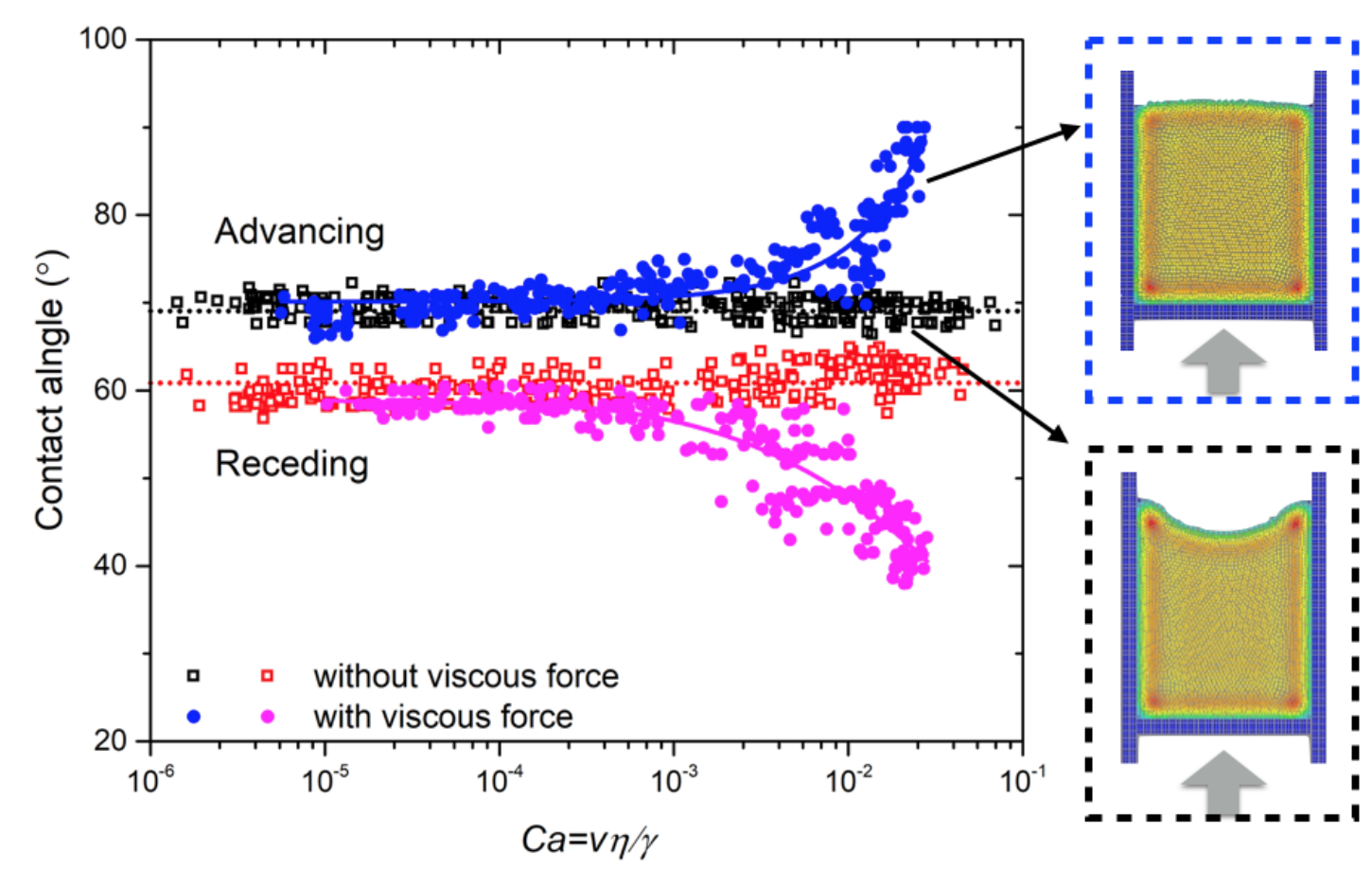Mindblown: a blog about philosophy.
-
Open position: PhD Scholarship in Low Emission Building Materials
This PhD project will focus on the thermal and mechanical characterisation of low emission building materials. One full-time PhD scholarship will be offered for conduction this research project under the joint supervision of A/Prof Yixiang Gan (The University of Sydney) and Professor Arnaud Castel (University of Technology Sydney). The candidate will work within a multi-disciplinary…
-
Paper online (AWR) on water retention in disordered granular media
Shi, Z., Wang, Z., Gan, Y. (2021) Effects of topological disorder in unsaturated granular media via a pore-scale lattice Boltzmann investigation. Advances in Water Resources, in press. [DOI] We studied combined effects of topological disorder and wettability on multi-phase flow in wet granular media using pore-scale lattice Boltzmann simulations. The increasing topological disorder can enhance the…
-
Paper online (GRL) on permeability of 3D printed granular media
Wei, D., Wang, Z., Pereira, J.M., Gan, Y. (2021) Permeability of Uniformly Graded 3D Printed Granular Media. Geophysical Research Letters, in press. [DOI] The shape of grains can influence the way how water transports inside a granular material. This study uses 3D printing technique to well control grain shapes. The grain morphology is captured through combinations of relative…
-

Paper online (Powder Tech) on wet granular packing
Wang, Z., Pereira, J.M., Gan, Y. (2020) Packing of wet monodisperse spheres. Powder Technology, in press. [DOI] Abstract: We experimentally investigated the packing of wet monodisperse spheres with controlled falling height. The packing fraction are found to decrease with smaller grain size and free fall height. A model describing the effects of interparticle force and falling…
-
Paper accepted (Int J Hydrogen Energy) on droplet dynamics in PEMFC channels
Bao, Y., Gan, Y. (2020) Roughness effects of gas diffusion layers on droplet dynamics in PEMFC flow channels. International Journal of Hydrogen Energy, in press. Abstract: Water management remains one of the major challenges in optimising the performance of PEMFCs, in which liquid accumulation and removal in gas diffusion layers (GDLs) and flow channels should be…
-
Paper accepted (Adv. Mat. Interfaces) on droplet motion on wedges
Wang, Z., Owais, A., Neto, C., Pereira, J.M., Gan, Y. (2020) Enhancing Spontaneous Droplet Motion on Structured Surfaces with Tailored Wedge Design. Advanced Materials Interfaces, in press. Abstract: Spontaneous liquid transport has a wide variety of applications, including fog harvesting, microfluidics, and water-oil separation. Understanding of the droplet movement dynamics on structured surfaces is essential…
-
Paper accepted (Langmuir) on wetting transition in porous media
Wang, Z; Pereira, J.M.; Gan, Y. (2020) Effect of wetting transition during multiphase displacement in porous media. Langmuir, in press. Abstract: The effects of wettability on multiphase displacement in porous media have been studied extensively in the past, and the contact angle is identified as an important factor influencing the displacement patterns. At the same time, it…
-
Paper accepted (Chem Eng Sci) on LBM-PNM for immiscible flow
Suo, S., Liu, M. and Gan, Y. (2020) An LBM-PNM framework for immiscible flow: With applications to droplet spreading on porous surfaces. Chemical Engineering Science, in press. [DOI] Abstract: The behaviour of droplets on porous media, combining the spreading above and imbibition into the medium, is of foundational interests for a series of applications. In this work,…
-

Paper accepted (Phys Rev Fluids) on flow in hierarchical porous media
Suo, S., Liu, M. and Gan, Y. (2020) Fingering patterns in hierarchical porous media. Physical Review Fluids, in press. Abstract: Porous media with hierarchical structures are commonly encountered in both natural and synthetic materials, e.g., fractured rock formations, porous electrodes and fibrous materials, which generally consist of two or more distinguishable levels of pore structure with…
-
Paper online (Int J Solids and Structures) on rough sphere contacts
Wei, D., Zhai, C., Hanaor, D., Gan, Y. (2020) Contact behaviour of simulated rough spheres generated with spherical harmonic. International Journal of Solids and Structures, in press. [DOI] Abstract: Normal contact behaviour between non-adhesive fractal rough particles is studied using a finite element method (FEM). A series of spherical grain surfaces with distinguished roughness features are…
-
Dr Gan is visiting Oxford Mathematical Institute
From December 2019 to February 2020, Dr Gan will be visiting Mathematical Institute at the University of Oxford, as a part of his sabbatical leave. He will be working with Professor Dominic Vella on bio-inspired structure design for spontaneous directional liquid transport, a research project funded by Endeavour Executive Leadership Awards. Project background: Harvesting water…
-
Ms Verena Becker is visiting the lab
Ms Verena Becker, a second year PhD student at Karlsruhe Institute of Technology (KIT), Germany, is visiting the lab at The University of Sydney. Verena is working on the numerical modelling lithium-ion battery systems, with special focus on the effective properties and the particle shape. She will stay with us for two months (from May…
-

Paper accepted (Eng Fracture Mech) on non-spherical particle breakage
Wei, D., Zhao, B., Dias-da-Costa, D., Gan, Y. (2019) An FDEM study of particle breakage under rotational point loading. Engineering Fracture Mechanics. In press. [DOI] Abstract: The most commonly adopted method to test the strength of single sand particles is based on platen experiments. This setup tends to align the loading direction towards the particle minimum…
-

Endeavour Executive Leadership Awards
Dr Gan is among the recipients of the recently announced Endeavour Executive Leadership Awards, supported by Australian Government Department of Education and Training. This award will enable him to work with Professor Dominic Vella at the Mathematical Institute in the University of Oxford, on project related to spontaneous directional transport (SDT) of liquids. This collaboration…
-

Paper accepted (Phys Rev Fluids) on topological disorder of porous media
Wang, Z., Chauhan, K., Pereira, J.M., Gan, Y. (2019) Disorder characterization of porous media and its effect on fluid displacement. Physical Review Fluids. In press. Abstract: We investigate the effects of topological disorder and wettability on fluid displacement in porous media. A modified disorder index Iv is proposed to characterize the disorder of porous media. By changing Iv, different…
-
Funded Australia-India Fellowship
The Australian Academy of Science has announced the successful recipients of the Australia–India Strategic Research Fund (AISRF) Early- and Mid-Career Researcher (EMCR) 2019 Fellowships. Dr Yixiang Gan was named among 11 recipients from different universities in Australia. He will be working with colleagues from IIT Madras and IIT Bhubaneswar on “Optimising thermal energy storage with…
-

Paper online (JCIS) on designing porous media for capillary flow
Liu, M., Suo, S., Wu, J., Gan, Y. Hanaor, D.A.H., Chen, C.Q. (2019) Tailoring porous media for controllable capillary flow. Journal of Colloid and Interface Science. 539:379-387. [DOI][PDF:076_JCIS_2019] Abstract: Control of capillary flow through porous media has broad practical implications. However, achieving accurate and reliable control of such processes by tuning the pore size or by modification of…
-

Paper accepted (AMS) on SPH modelling of contact angle dynamics
Bao, Y., Li, L., Shen, L., Lei, C., Gan, Y. (2019) A modified smoothed particle hydrodynamics approach for modelling dynamic contact angle hysteresis. Acta Mechanica Sinica. In press. Dynamic wetting plays an important role in the physics of multiphase flow, and has significant influence on many industrial and geotechnical applications. In this work, a modified smoothed particle…
-

Paper accepted (IJSS) on effective properties of fluid-filled porous media
Liu, M., Wu, J., Gan, Y. Hanaor, D.A.H., Chen, C.Q. (2019) Multiscale modeling of the effective elastic properties of fluid-filled porous materials. International Journal of Solids and Structures. In press. [DOI] Fluid-filled porous materials are widely encountered in natural and artificial systems. A comprehensive understanding of the elastic behavior of such materials and its dependence on…
-
PostDoc Opening in Clay Modelling
A postdoctoral research associate in modelling of clay behavior has been advertised in the School of Civil Engineering, Faculty of Engineering at the University of Sydney. The official advertisement by The University of Sydney can be found via https://goo.gl/rxhhA4 About the opportunity The School of Civil Engineering is seeking a Postdoctoral Research Associate that will help…
Got any book recommendations?